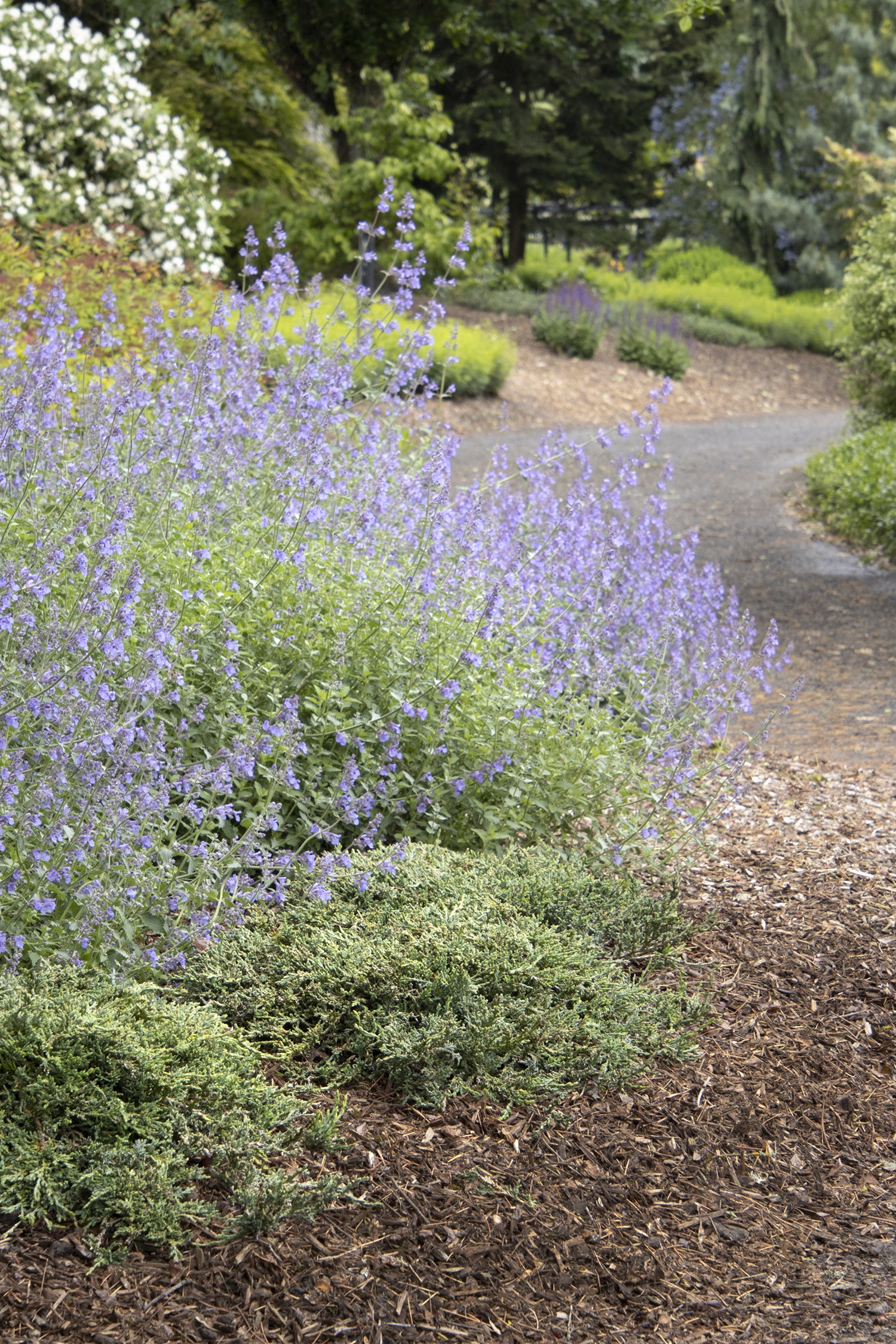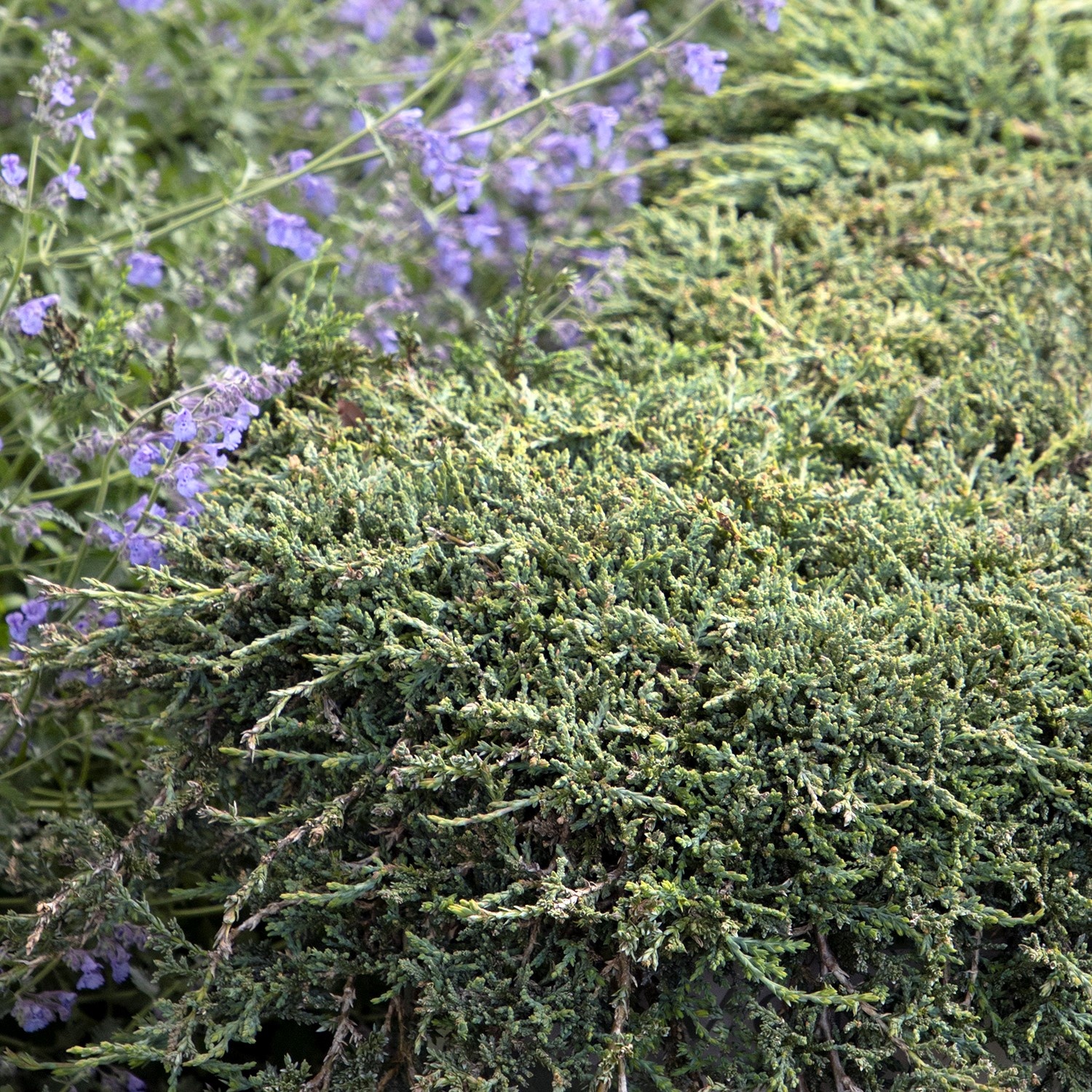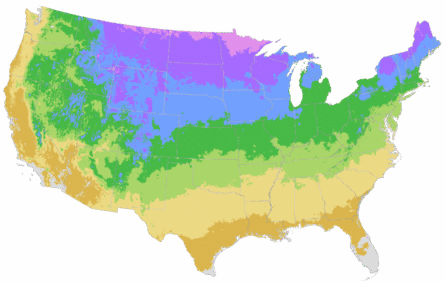You're growing in this Zip Code:
Change LocationDiscover Plants for Your Area
Icee Blue® Juniper
Juniperus horizontalis 'Monber'
Retailers Near You
No Retailers found within 50 miles of your zipcode
Be Inspired: How to Use this Plant
| Bloom Time | Conifer; prized for foliage. |
|---|---|
| Deciduous/Evergreen | Evergreen |
| Special Features | Dramatic Foliage Color, Easy Care, Waterwise |
| Problems/Solutions | Coastal Exposure, Deer Resistant, Erosion Control, Rabbit Resistant |
| Growth Rate | Moderate |
| Growth Habit | Spreading |
| Patent Act | Asexual reproduction of plants protected by the Plant Patent Act is prohibited during the life of the patent. |
| Landscape Use | Border, Poolside, Ground Cover, Suitable for Topiary, Hillside |
| Design Ideas | Low blue spreading mounding junipers are the perfect choice for erosion control coverage on cut slopes and natural banks where run-off is a problem. This plant is perfect for nestling landscape boulders or softening the top edge of a masonry retaining wall. Makes an excellent winter structural plant for mixed borders that tend to look too barren in the colder months. Makes a useful problem solver in native and wild gardens when arranged in naturalistic compositions. As with most junipers it is welcome in Japanese gardens either natural or pruned into creative bonsai forms. |
| Foliage Color | Silver-blue |
| Companion Plants | Rose (Rosa); Clematis (Clematis); Catmint (Nepeta); Barberry (Berberis); Russian Sage (Perovskia); Maiden Grass (Miscanthus) |
| Care Instructions | Easily grown in sandy soils on the dry side; adaptable to a wide range of well-drained soils. Water deeply, regularly during first growing season to establish an extensive root system; reduce frequency once established. Space 5 to 8 ft. apart as groundcover; closer for faster coverage. Control weeds with mulch until plants fill in. |
| Lore | The leaves of this juniper are toxic but used in certain home remedy ointments in the Old World. Foliage was repellent to lice and used in rural areas and later oils extracted from the plant were used in traditional insecticides. |
| Bloom Time | Conifer; prized for foliage. |
|---|---|
| Deciduous/Evergreen | Evergreen |
| Special Features | Dramatic Foliage Color, Easy Care, Waterwise |
| Problems/Solutions | Coastal Exposure, Deer Resistant, Erosion Control, Rabbit Resistant |
| Growth Rate | Moderate |
| Growth Habit | Spreading |
| Patent Act | Asexual reproduction of plants protected by the Plant Patent Act is prohibited during the life of the patent. |
| Landscape Use | Border, Poolside, Ground Cover, Suitable for Topiary, Hillside |
|---|---|
| Design Ideas | Low blue spreading mounding junipers are the perfect choice for erosion control coverage on cut slopes and natural banks where run-off is a problem. This plant is perfect for nestling landscape boulders or softening the top edge of a masonry retaining wall. Makes an excellent winter structural plant for mixed borders that tend to look too barren in the colder months. Makes a useful problem solver in native and wild gardens when arranged in naturalistic compositions. As with most junipers it is welcome in Japanese gardens either natural or pruned into creative bonsai forms. |
| Foliage Color | Silver-blue |
| Companion Plants | Rose (Rosa); Clematis (Clematis); Catmint (Nepeta); Barberry (Berberis); Russian Sage (Perovskia); Maiden Grass (Miscanthus) |
| Care Instructions | Easily grown in sandy soils on the dry side; adaptable to a wide range of well-drained soils. Water deeply, regularly during first growing season to establish an extensive root system; reduce frequency once established. Space 5 to 8 ft. apart as groundcover; closer for faster coverage. Control weeds with mulch until plants fill in. |
|---|
| Lore | The leaves of this juniper are toxic but used in certain home remedy ointments in the Old World. Foliage was repellent to lice and used in rural areas and later oils extracted from the plant were used in traditional insecticides. |
|---|
Retailers Near You
No Retailers found within 50 miles of your zipcode
Retailers Near You
No Retailers found within 50 miles of your zipcode
Buy Online
We cannot currently ship this product to your zip code.
About Us
We have been pioneers and craftsmen in the art of growing plants for nearly
100 years. Since our founding in Southern California by Harry E. Rosedale, Sr.
in 1926, we have been absolutely dedicated and obsessed with quality.
We have been pioneers and craftsmen in the art of growing plants for nearly 100 years. Since our founding in Southern California by Harry E. Rosedale, Sr. in 1926, we have been absolutely dedicated and obsessed with quality.










